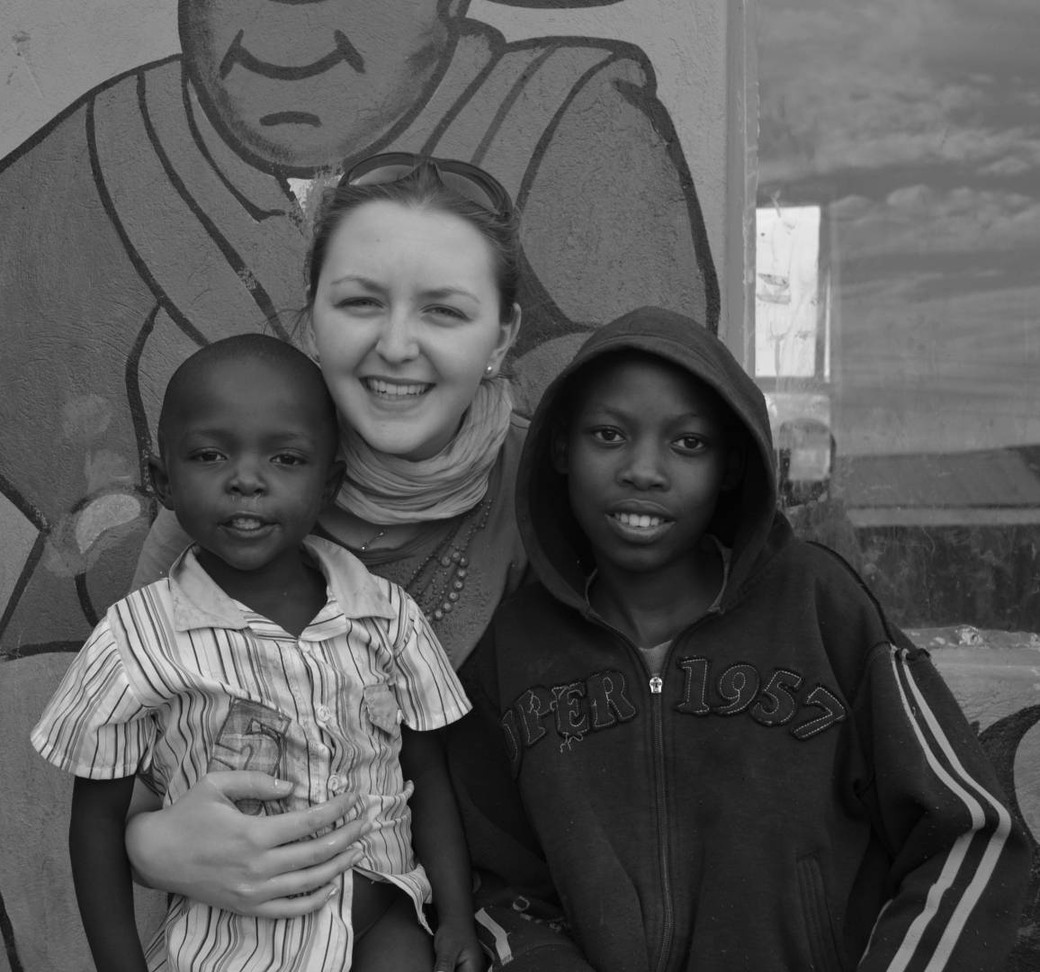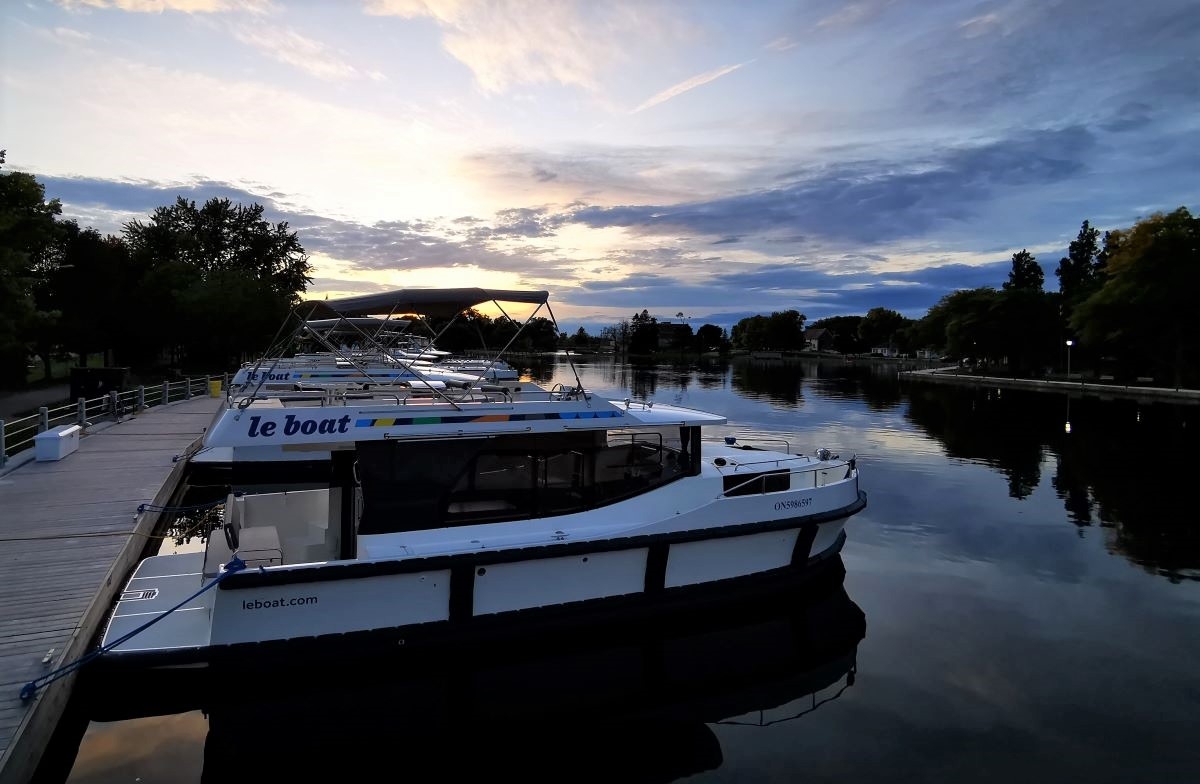
Travel Diary: South Africa
I heard a “joke” in Ficksburg, South Africa, which went something like this, “What is the difference between a tourist and a racist?” The answer: “Two weeks.”
This racist attitude was evident throughout my travels in Southern Africa.
I travelled to Lesotho and South Africa to work at an HIV/AIDS orphanage called Rachel’s Home [see my Travel Diary on Lesotho].
Along the way, we stopped in a quaint, tourist destination called Clarens, South Africa, known as the “Jewel of the Free State”. Clarens is near Golden Gate National Park and looks like God tucked this a picture-perfect village right into the mountains.

Here, I purchased a patch of South Africa’s national flag to sew on my backpack. The patch came with a description which read:
The meaning attached to the flag is not official, but the following are generally accepted.
Red: Bloodshed
Blue: Open Skies
Green: The Land
Black: For the Black People
White: For the Europeans
Yellow: Natural Resources EG. gold
The “Y” symbolizes the merging of the nationalitys unity.

Despite misspelling nationalities, I can’t see how this flag could possibly unite the nations. White signifies Europeans, while Black represents Black people, not Africans. I wonder if this prolongs the history of racism and legacies entrenched by colonialism and apartheid in South Africa?
Worldflags101.com confirmed the colours have no official meanings, but stated the aforementioned symbolism is widely accepted. This website highlights the colours black, green and yellow as those of Nelson Mandela’s African National Congress party and the red, white and blue can be found on the former Boer Republic’s flag. “The Y shape represents the convergence of South Africa’s diverse society and the desire for unity.
The South African flag was adopted on April 27, 1994, after Nelson Mandela was elected President. It was meant to signify the dawn of a new, democratic South Africa and reflect the country’s political transformation. It is one of the world’s newest flags.
The Government of South Africa’s website explains the unifying metaphor, “The ‘V’ form and flowing into a single horizontal band to the outer edge of the flag, can be interpreted as the convergence of diverse elements within South African society, taking the road ahead in unity. The theme of convergence and unity ties in with the motto Unity is Strength of the previous South African Coat of Arms.”
The greatest culture shock I have experienced is the pervasive racist mentality that hangs in the air in South Africa, but in the Rainbow Nation, this mentality is the norm.

This shock should come as no surprise to an individual from of a “multi-culti” nation, but hearing phrases such as, “them and us”, “the blacks”, and “the girl will get it”, made my skin crawl and my heart hurt.
In Maputsoe, Lesotho, I worked with 57, Sotho children who loved to compare my skin tone to theirs. I have never experienced being an ethnic minority. In Lesotho, my pasty skin turned to a painful shade of lobster red in the harsh African sun. I am a caucasian female of Hungarian and British descent from suburban South-Western Ontario. You can’t get much more white than that.
During a round of duck, duck, goose, the game was put on hold when the children asked to remove my socks and running shoes in order to observe what mystery lay underneath my footwear.
On another occasion, I sensed the children were talking about me in their native, Sesotho, so I asked my 12-year-old confidant of three years, Ntkatse, what they were calling me. She replied, “Lekhooa-They are calling you white person.” Lekhooa can be a derogatory term depending on the manner in which it is delivered.
Ntkatse scolded the children and then we laughed because we love each other and our world views do not include these ethnic divisions.
My first trip to Rachel’s Home was in 2009 and upon my departure, I promised the children I would see them again. When I returned to Lesotho, I kept my promise to the children, and became a constant in lives haunted by abandonment. This caused me to be seen as what I can only describe as an equal-a friend-to the children. My skin colour became irrelevant. What a beautiful thing.









